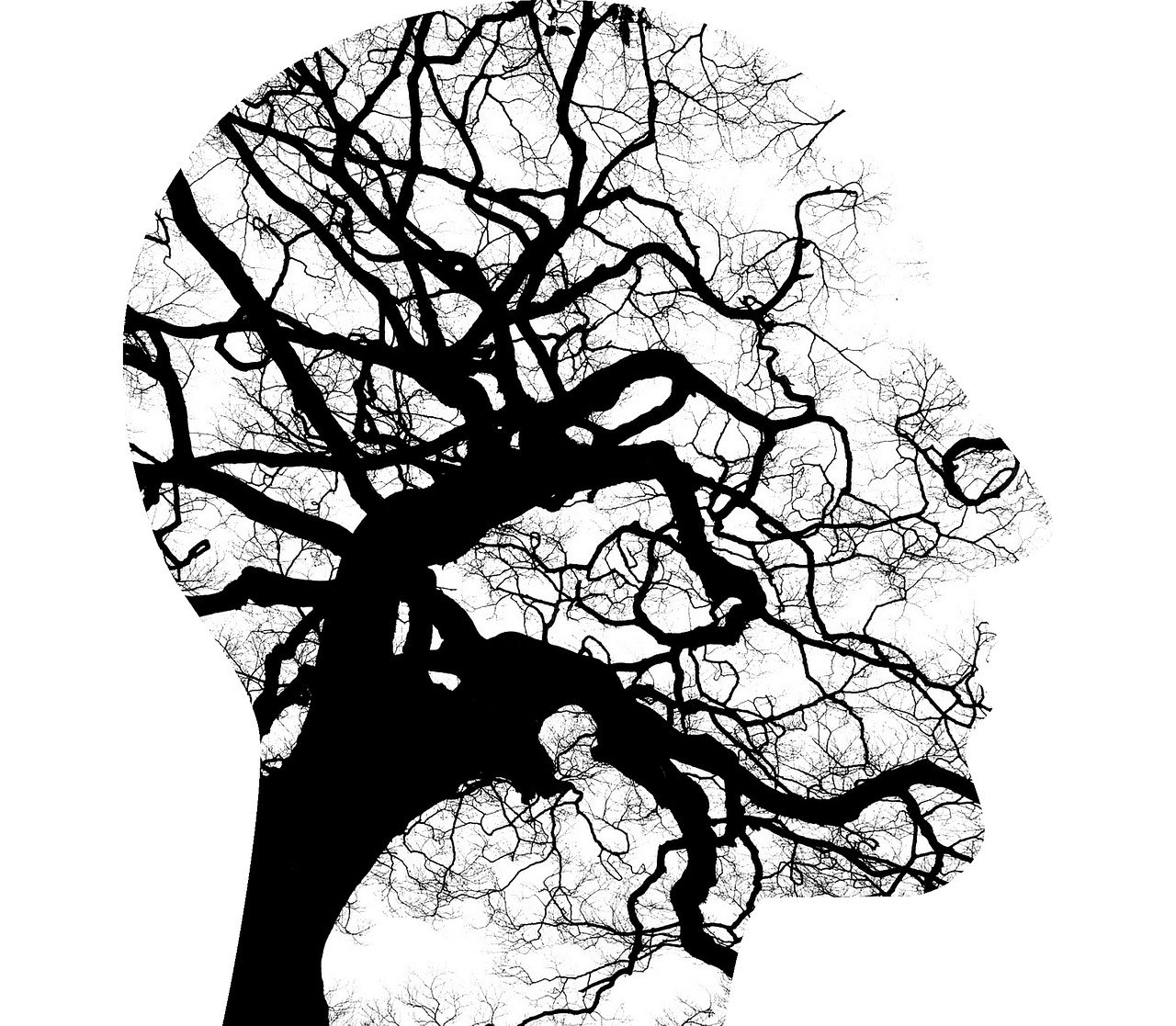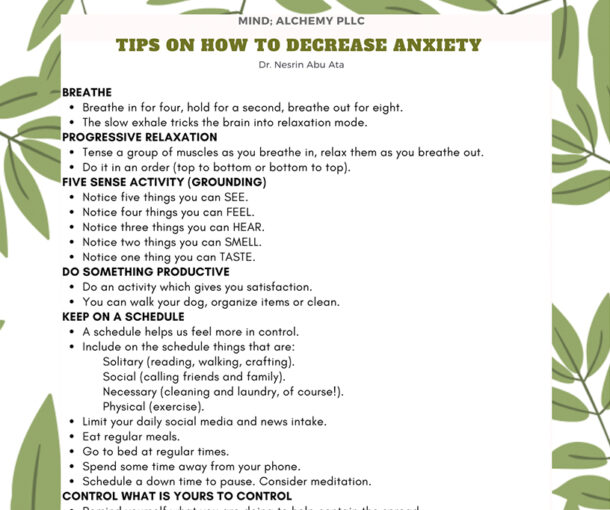Ketamine Assisted Psychotherapy (KAP)
What is Ketamine Assisted Psychotherapy (KAP)?
Ketamine Assisted Psychotherapy (KAP) is an emerging therapy that brings the world of psychopharmacology with Ketamine and psychotherapy together enabling the person to process and integrate on deeper levels than doing either of the approaches separately. This results in prolonging the antidepressant effects of ketamine and more everlasting effects on mental health.
Research has shown that KAP can be used as a treatment tool to patients with depression, anxiety, PTSD, bipolar disorder, chronic pain and dissociative disorders. KAP has also shown effectiveness in treatment resistant depression where other interventions have not helped.
Ketamine has the potential to facilitate a profound mystical experience. These experiences expand one’s sense of self and understanding, and may enable you to access your own healing wisdom and inner knowing. Dr. Abu Ata serves as a guide, and assists in processing the experience and its impact on your everyday life.
If you are interested in starting ketamine assisted psychotherapy, please call our office at 712-454-8981 for more information, or book an appointment with Dr. Abu Ata to find out more information.

What is the process to start Ketamine Assisted Psychotherapy?
When you have your first appointment with Dr. Abu Ata, she makes sure that Ketamine Assisted psychotherapy is medically appropriate and safe for you, prepare you for your ketamine induction session and answer any questions you have. If deemed appropriate to start KAP treatment, Dr. Abu Ata will discuss with you whether to have ketamine as an injection or a lozenge (oral form) in the office.
If it is determined that you will take lozenges, Dr. Abu Ata will write you a prescription for ketamine lozenges to be mailed to your address by a compounding pharmacy.
After receiving the medicine, you will bring it with you to your appointment. You can drive yourself to your appointment but need to have someone else pick you up as it is not recommended that you drive the same day as you receive ketamine. Dr. Abu Ata requires that you have a designated driver for your safety.
The sessions are usually an hour and a half but may be longer depending on your need and readiness to return home safely.
During the induction session, you are encouraged to set an intention. Dr. Abu Ata takes your blood pressure. Dr. Abu Ata will give you an eye mask and play music to help create a setting for your journey. Dr. Abu Ata will give you the injection, if this is the route that you and Dr. Abu Ata agree on. If you are taking lozenges, you will let the ketamine lozenges dissolve under your tongue and absorb through your mouth over 15-20 minutes. The dose may be adjusted as necessary.
You are then quiet for about 45 minutes while experiencing the effects of ketamine. Once your journey is complete, Dr. Abu Ata will write down anything you care to share. Dr. Abu Ata will help you process and integrate your experience. The frequency of how often you follow up with Dr. Abu Ata and the dosage of ketamine are adjusted and addressed when you meet with Dr. Abu Ata. You will follow up with Dr. Abu Ata for post dosage psychotherapy integration sessions also. Integration is an important part of treatment to help the antidepressant effects of ketamine last longer and help create long lasting healthy habits.
Session Layout and frequency
The first intake session can be up to 90 minutes.
The follow up Ketamine assisted psychotherapy sessions are usually 90 minutes but may be longer depending on your need.
The frequency of the sessions is something you and Dr. Abu Ata collaboratively agree upon and can change anytime. However, in general, Dr. Abu Ata recommends a total of 6 sessions. After the third session, she will meet with you to assess how you are doing, and discuss with you about the last 3 sessions, and whether you are appropriate to continue the last three sessions.
What is ketamine?
Ketamine is a synthetic pharmaceutical compound, classified as a dissociative anestheticc. It is one of the most widely used drugs in modern medicine, and is on the World Health Organization’s List of Essential Medicines. It was developed in 1963, FDA approved in 1970, and adopted by many hospitals and medical offices because of its rapid onset, proven safety, and short duration of action.
Ketamine has been increasingly clinically applied as an off-label treatment for various chronic treatment-resistant mental health conditions, such as depression, alcoholism, substance dependencies, post-traumatic stress disorder, obsessive compulsive disorder, and other psychiatric diagnoses. Ketamine is legal for medical use in the United States with a doctor’s prescription.
How does ketamine work?
Ketamine is classified as a dissociative anesthetic, where “dissociation” means a sense of disconnection between mind and body, and from one’s ordinary reality and usual sense of self.
The present understanding of ketamine’s mode of action is as an NMDA antagonist working through the glutamate neurotransmitter system.
Animal research has shown that ketamine can stimulate neural growth within days (and sometimes hours). One hypothesis is that there is similar action in humans.
Another hypothesis is that ketamine gives the person a break from habitual patterns of thought that underlie mood and behavior, thereby creating an opportunity for learning new and healthier patterns of thought.
Is Ketamine assisted psychotherapy safe?
Yes, ketamine assisted psychotherapy is generally considered a safe and effective treatment for certain mental health conditions, such as depression, anxiety and post traumatic stress disorder. Ketamine has low toxicity, minimal side effects and short term effects. When you meet with Dr. Abu Ata during the first introductory appointment, Dr. Abu Ata will assess if you are appropriate to receive KAP, explain to you what to expect from the treatment and answer any questions you have.
How soon can I expect to see the results?
Depending on the dose and the frequency of ketamine, results can vary. However, patients typically report improvement within weeks.
Ketamine treatment can result in a number of benefits, and there are now many studies demonstrating its efficacy; however, it is still a relatively new and experimental psychiatric intervention, and there are no guarantees of your outcome.
Ketamine is distinguished from other psychiatry medications by its rapid onset, often producing relief in as soon as a few hours. The literature indicates a 70% initial response rate to ketamine, as well as a remission rate (having no symptoms) for people with treatment-resistant depression of 40-50%.
Durable improvement generally occurs with more than one administration, and is most robust when part of an overall treatment program. It may not permanently relieve your condition. If your symptoms respond to ketamine, you may still elect to be treated with other medications and ongoing psychotherapy to reduce the possibility of relapse. Over time, you may also need additional ketamine booster administrations or other therapies to maintain your remission.
If you do not respond to ketamine after the first administration, repeated treatment will be offered. If you do not respond after a series of 6 dosages, additional ketamine will not be offered. Studies have shown it is not effective to keep repeating ketamine in those who do not respond to the first doses. The treatment team will discuss with you other available options at that time.
This is an effective medicine, and it is even more so when you work with it to create positive changes in your life that can sustain your recovery.
What is this experience like?
The ketamine experience is characterized by the relaxation of ordinary concerns and usual mindset, all while maintaining conscious awareness. This tends to lead to a disruption of negative feelings and preoccupations. Some ketamine providers feel that this interruption–and the exploration of other possible states of consciousness–can lead to significant shifts in overall well-being.
At lower doses, you will most likely experience mild anesthetic (less pain), anxiolytic (less anxiety), antidepressant, and mood benefit effects. You might experience increased sensitivity to light and sound, as well as an altered sense of time. This state may also enhance participation in psychotherapy, as defenses are relaxed, yet communication with others is still possible.
Higher doses are more likely to produce spiritual like that are largely internal journeys away from the external world. Body sensations are greatly diminished. Such journeys may provide a more robust treatment effect, often assisting in the resolution of existential concerns, accelerating psychological and (and possibly spiritual) growth, and promoting a positive change in outlook and character that we refer to as a transformative response.
Sensory effects of ketamine may include distorted visualization of colors, feeling suspended in space or floating, experiencing out-of-body sensations, vivid dreaming, and changes in visual, tactile and and auditory processing. Synesthesia (a mingling of the senses) may occur. Familiar music may not be recognizable. An ordinary sense of time may morph into time dilation.
These effects typically start 5 to 10 minutes after ketamine dosing. The peak effects typically last 20 to 30 minutes, and then slowly diminish for the next hour.
Some alterations in sensory perception, speech, and motor ability may continue for approximately 5 hours. This is why Dr. Abu Ata requires that you have someone else drive you home and that you don’t drive for the rest of the day after a session.
Two to three hours after ketamine administration, patients can return home with another driver. Driving an automobile or engaging in hazardous activities should not be undertaken on the day of the administration, and not until all effects have stopped.
What are types of ketamine?
Ketamine can be administered in a variety of ways, including as an intravenous infusion (IV), intramuscular injection (IM), a subcutaneous injection (SC), intranasally, or sublingually/orally as a dissolving troche or tablet. Routes vary in the onset, bioavailability and duration of active effects for each person.
The ones that are traditionally used in ketamine assisted psychotherapy include:
- Sublingual ketamine lozenges; the patient places the lozenge in their mouth, allowing it to dissolve without swallowing the lozenge or the saliva that accumulates. The patient holds the saliva and the lozenge in their mouth for 15-30minutes before with swallowing or spitting it out.
- Intramuscular ketamine; the patient receives a dose of ketamine through intramuscular injection. This method is usually used in patients that are familiar with the effects of ketamine and is usually done at the doctor’s office.
Though research has demonstrated an antidepressant response to low doses that are minimally psychoactive or sub-psychedelic, this effect tends to be cumulative, requiring repeated administrations over short periods of time. Some practitioners view the psychedelic and dissociative experiences that occur at higher doses to provide a more robust and longer-lasting outcome.
Though experiences vary greatly, it is generally thought that lower doses provide empathogen-like (heart-opening) responses, while higher doses create dissociative, psychedelic, out-of-body, ego-dissolving peak responses.

